
I am doing a study on head coverings right now, and it has been very interesting! The passage I am studying is 1 Cor. 11:2-16. I will not get into debating it here, but I came across this site that I wanted to share. I found it so interesting to see the way head coverings have changed over the centuries!
The Christian Woman’s Head Covering Through the Centuries
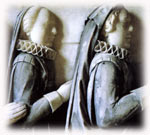
When I first saw some Mennonite women with their head coverings, I couldn’t imagine why they were wearing those things on their heads. I figured it was simply some type of quaint costume.
But then I read the writings of the early Christians. And then I understood why Mennonite and Amish women wear prayer veils or head coverings. I realized that it was in obedience to 1 Corinthians 11:5, which says, “Every woman who prays or prophesies with her head uncovered dishonors her head, for that is one and the same as if her head were shaved.” The early Christian women veiled their heads not only in church, but also anytime they were in public.
From my later study of church history, I discovered that Christian women continued to maintain this practice through the all centuries up to the nineteenth and twentieth centuries. During the nineteenth century, many Christians in the United States and western Europe began arguing that long hair constituted the only covering women needed. Others said that women only needed to wear a covering when in church. The middle class and wealthy women switched from veils and caps to ornate bonnets—if they wore a covering at all. Bonnets became more a matter of fashion than of modesty or obedience to 1 Corinthians 11.
By the turn of the twentieth century, the ornate bonnets of the nineteenth century had given way to ladies’ hats. Until the mid-century, women in Europe and America typically wore a hat or scarf in public, but they were simply following tradition and fashion—without realizing that there was originally a spiritual reason behind the practice. Similarly, until about 1960, western women wore hats when in church. But the meaning behind the hat was lost.
Today, Christian women in eastern churches still cover their heads in church. Some of them cover their heads all of the time. In the west, some Plymouth Brethren women still wear the prayer veil in church, as do many black women. But usually these sisters do not wear a head covering at other times.
Generally speaking, in the west today, only the Mennonite, Amish, Brethren and Hutterite women still practice wearing a head covering at all times. However, in recent years, they have been joined by thousands of Christian women from house churches and other independent congregations who have re-discovered this New Testament practice.
But, as it has been said, “a picture is worth a thousand words.” So I have set forth below pictures of the Christian woman’s head covering from the early Christian era to the present day.
David Bercot
Middle Ages
During the Middle Ages, Christian women continued to wear head coverings for modesty and prayer. These coverings were quite substantial. In fact, the traditional veil worn by Roman Catholic nuns until recent times were based on the coverings that most Christian women wore in medieval Europe.
|
Reformation Era
Around the time of the Reformation, the cap form of head covering became popular in northern Europe in place of a hanging veil.
|
1525: Lutheran Church Service
|
1600's and 1700's
In the sixteenth century, the cap type of covering replaced the hanging veil in western Europe and in the newly discovered Americas.
|
1600's: Netherlands - Anabaptists
|
The 1800's
During the 1800's, middle and upper class women generally wore bonnets for head coverings. Sometimes these were more a matter of fashion than of modesty. However, among the common people, caps and veils were still quite common.
|
1880: United States-Black Woman
|
1920: New York - Russian Immigrant
|
1940: Christian Women in India
|
1948: United States - Roman Catholic Confirmation
|
1950: Canada - Hutterites
|
1950: Episcopalian Confirmation
|
1953: Black Baptists - Baptism
|
1954: Roman Catholic baptism (U. S.)
|


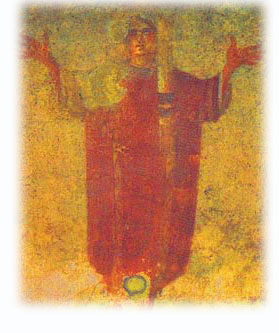
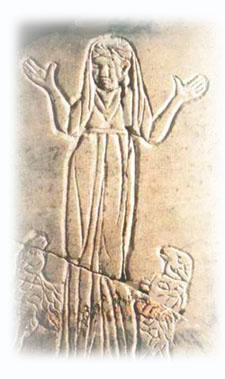
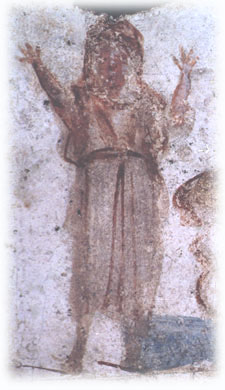
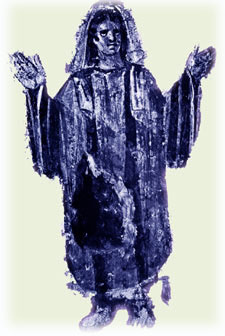
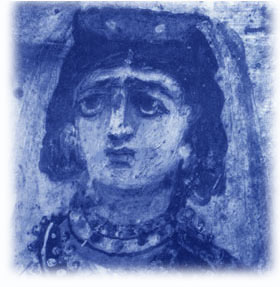
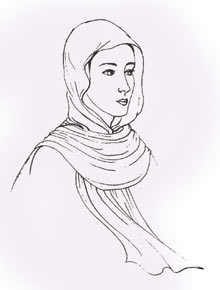


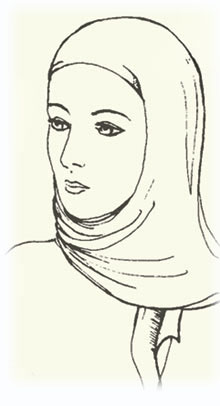
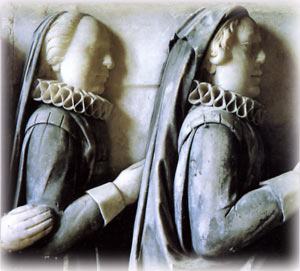

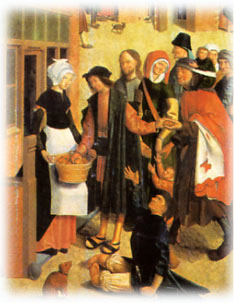
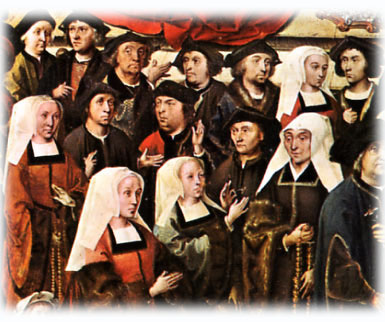
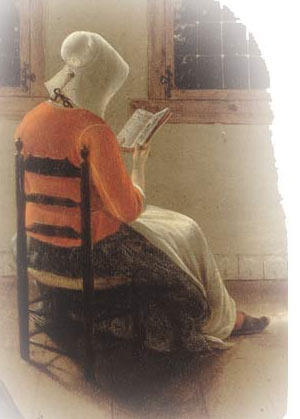
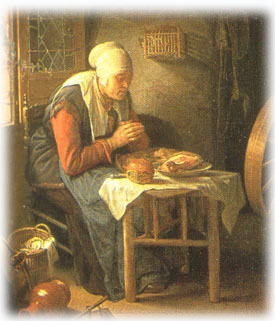
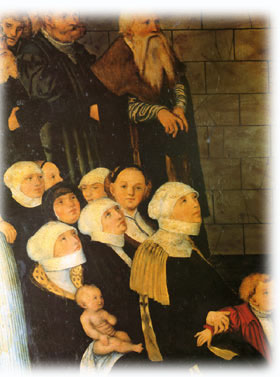
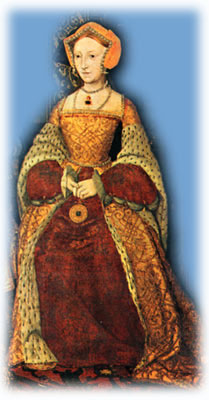
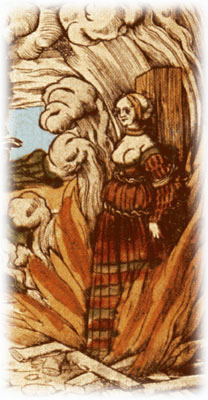
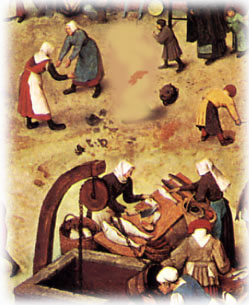

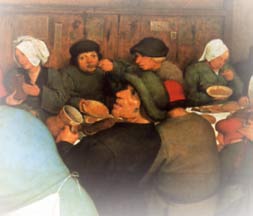


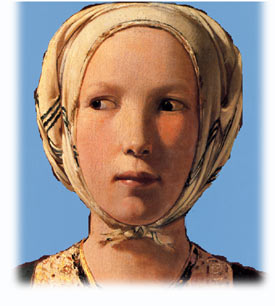
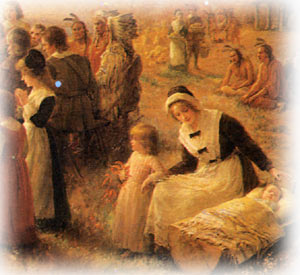
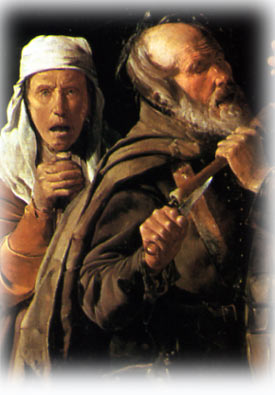
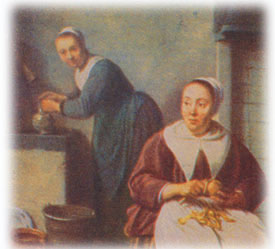
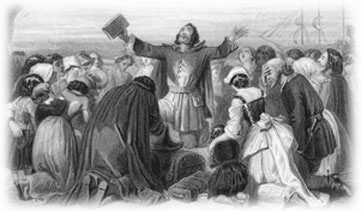

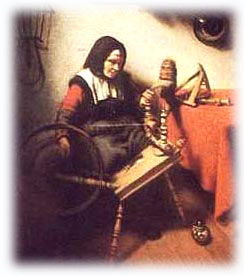
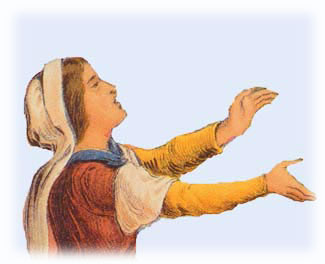
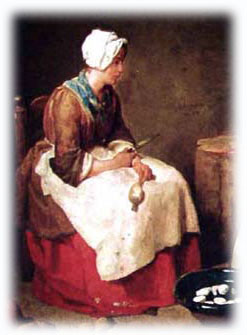
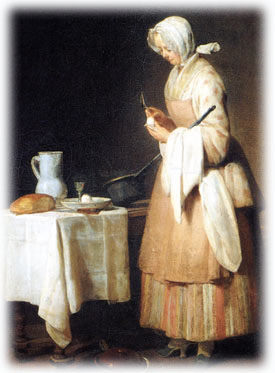
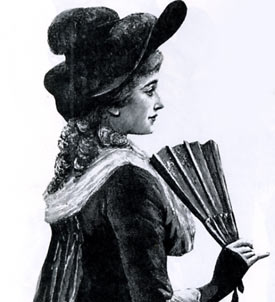

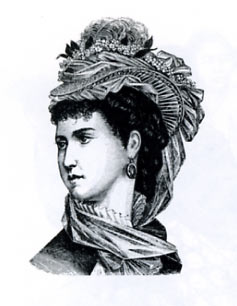
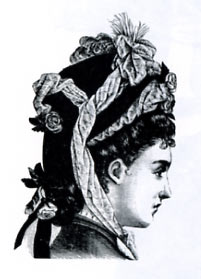
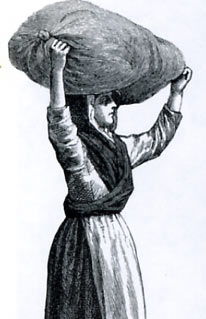
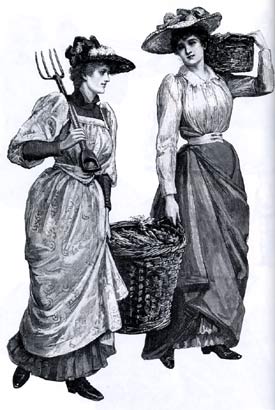
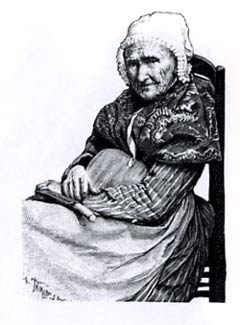


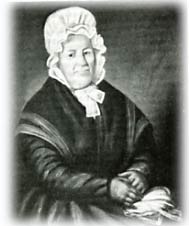
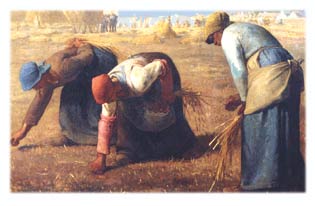
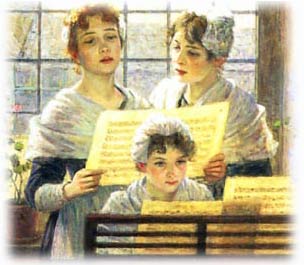
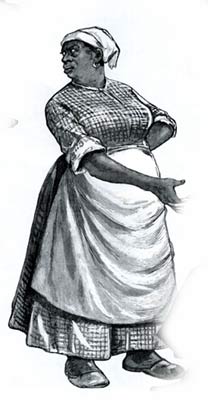
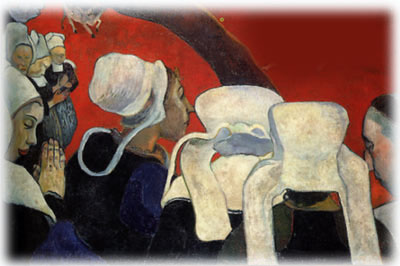
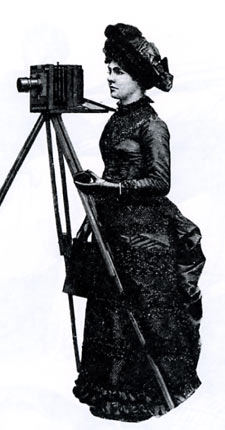
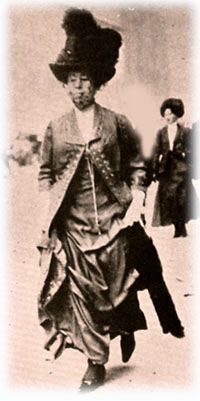
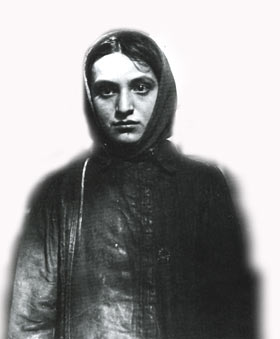
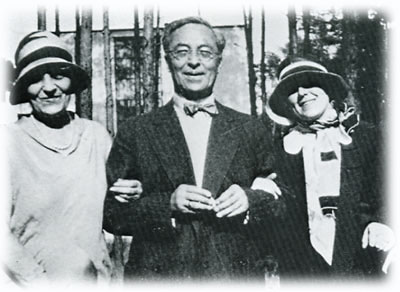
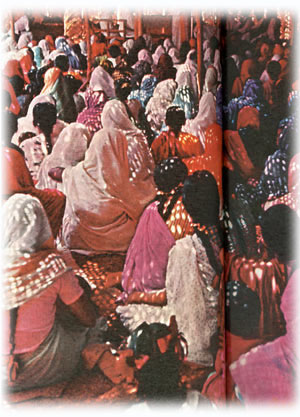
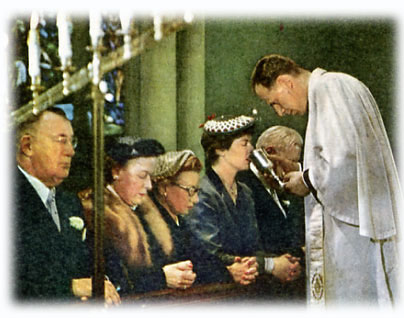


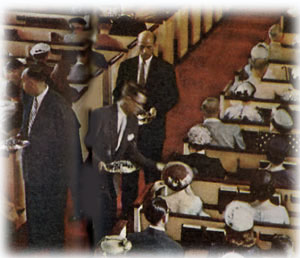
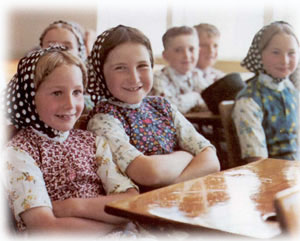
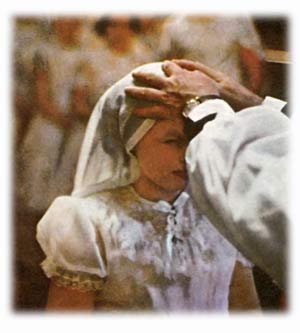
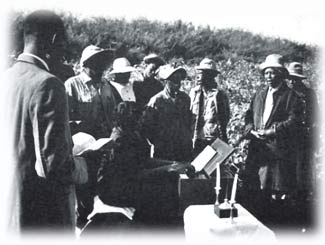
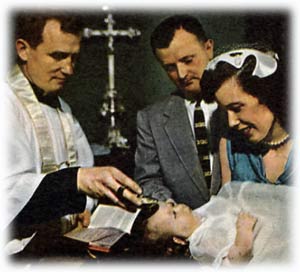
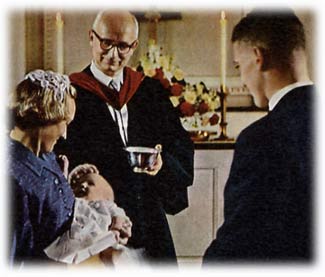
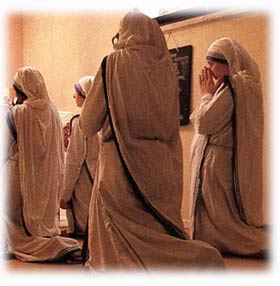
I am interested in learning more about this, hope you post more!
ReplyDeleteThanks for posting this oin your study- it is interesting! I like all the photos too!
ReplyDeleteHow interesting! I just started wearing a covering at church (Mass), but I've thought about wearing all the time. I always thought throughout history women wore coverings all the time for practicle reasons: Covers untamed hair (no abundance of hair products, blow dryers and curling irons). Or bonnets to sheild face from the sun (no sun screen). This info is fascinating.
ReplyDeleteSuper Awesome Post! I am planing on covering my hair starting June 1st and this was SUPER INSPIRING!
ReplyDeleteThanks for all you hard work in getting all of this information together for us!
Intersting. We went to a brethern church for awhile when I was a kid. They cover their hair during services.
ReplyDeleteI have also looked into this but I just don't feel convicted yet.My minister at my church did a 3 part series on headcoverings b/c we are not like mainstream churches.He put it as our hair is our covering but also if the husband wishes for us to cover then we can wear them but I think everyone in the church has the same convictions and that our hair is our covering so that's why I have long hair and two of my girls have long hair.Waiting for my third girl to have enough hair to call long! LOL! She just turned three so I don't expect her to have long hair until this summer.Thanks for this very interesting blog I do love to read about headcoverings and who believes what.
ReplyDeleteI started covering in 2002 because of 1 Cor 11. Now I cover fulltime. Thanks for the pictures!
ReplyDelete